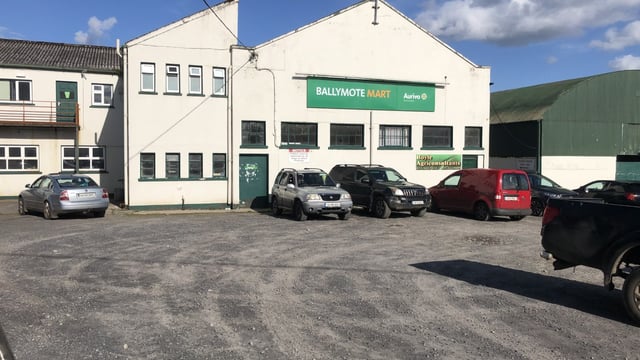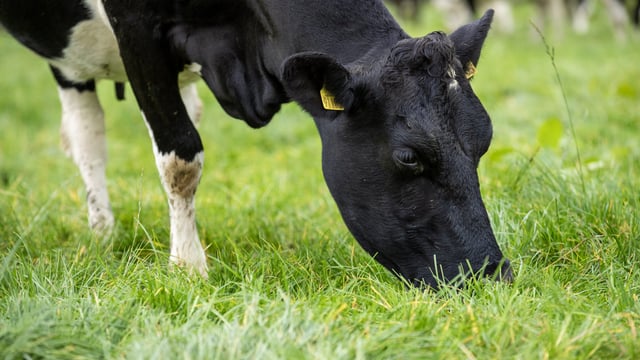How to avoid the build-up of mycotoxin contamination in grass silage
Farmers who leave a grass stubble height of between 6 and 8 cm could find it an important approach to managing mycotoxin contamination of grass silage, a leading German expert has advised.
Dr Bernd Pieper, who is a leading silage specialist, told Agriland that farmers who choose to leave a specific stubble height could address what will be a key management challenge on Irish livestock farms over the coming months.
Pieper said that the approach taken in Germany could also deliver key benefits for Irish farmers in dealing with mycotoxin contamination.
“In Germany, it is standard practice to leave a grass stubble height of between 6 and 8cm. It’s an approach to silage making that eliminates for the most part the threat of mycotoxins at feed-out.”
According to the silage specialist cutting grass to almost soil level increases the risk of mould contamination.
He also warned:
Pieper said reducing silage losses at feed-out is a priority for German livestock farmers.
He said spraying potassium sorbate on grass destined for the top layers of a grass silo is one technique that is now commonly applied by farmers and contractors in Germany to reduce forage wastage within a clamp.
Pieper detailed that grass accounts for approximately 50% of the silages produced on German dairy farms.
He said that given the fast-increasing price of soya, livestock farmers across Germany are now seeking to include as much home-grown protein sources as possible within the rations they feed to cattle.
One option is Alfalfa - which grows very well in Germany but it is difficult to ensile.
Pieper said:
“The molasses provides a valuable sugar sources for the bacteria in the inoculant while the formic acid delivers an immediate pH drop.”
He strongly recommends the use of molasses in cases where fresh forages have inherently low sugar levels.
According to the German expert approximately 14m ha of land are farmed in his country and permanent grassland accounts for almost 30% of this area.
Peiper, who recently hosted a visit for Irish farming representatives to Germany, is well known for the silage inoculant Bio-Sil which he developed 30 years ago.
The product, which contains strains of the homofermentative bacterium, Lactobaccilus plantarum, is available in Ireland.
Bio-Sil is mixed with water and then sprayed on to the grass as it is picked up from the field but Pieper has cautioned that if chlorine, is present at concentrations above 0.2mg/L this can be an issue.





